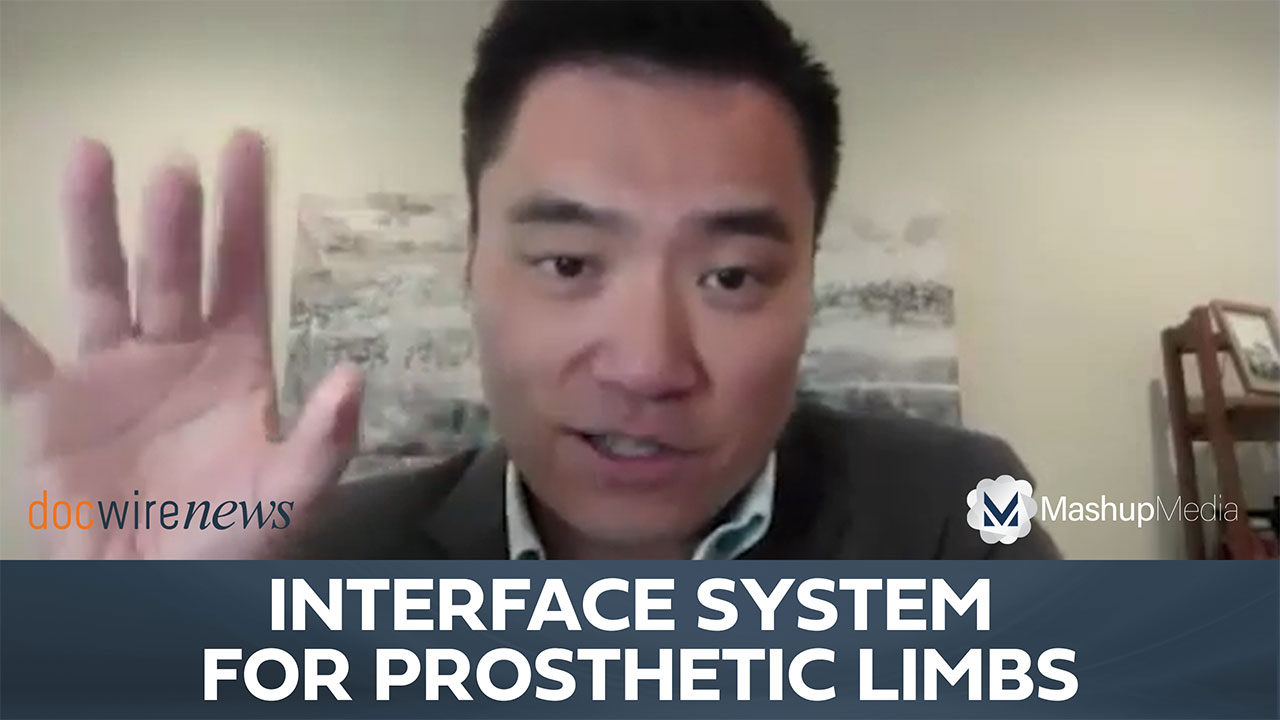
UC San Francisco has recently announced the launch of a new department devoted to bringing artificial intelligence (AI) solutions to medical imaging. This new division, the Center for Intelligent Imaging (ci2) will utilize algorithmic techniques and collaborative efforts to improve patient care and diagnoses through radiology. The ci2 team will be working with the AI-specialized NVIDIA Corp. to create infrastructure and tools that will expedite AI’s integration into the clinical setting.
“Artificial intelligence represents the next frontier for diagnostic medicine,” said Christopher Hess, MD, PhD, chair of the UCSF Department of Radiology and Biomedical Imaging. “It is poised to revolutionize the way in which imaging is performed, interpreted and used to direct care for patients.”
Hess went on to explain that ci2 will focus on using multidisciplinary techniques to create AI that will improve medical imaging and that the Center will “provide a platform to measure impact and outcomes of this technology.”
“The result will be more efficient, higher-value imaging for patients within and outside of UCSF,” claimed Hess.
The UCSF researchers will be using patient images and other clinical data to create, test, and validate deep learning algorithms that will improve medical imaging practices. Included in the ci2 will be NVIDIA’s DGX-2 supercomputer, one of the first to be incorporated into a medical research setting.
“AI is one of the greatest tools of this century,” said Abdul Hamid Halabi, director of healthcare at NVIDIA. “ci2 is bringing together an innovative ecosystem of startups, vendors, UCSF’s thought leadership in radiology, and NVIDIA’s Clara platform on the world’s fastest GPUs, to create imaging AI solutions for improving patient care.”
Using funds from the National Institutes of Health (NIH), ci2 researchers will be leading a study to evaluate chronic back pain using AI tools, brain imaging, and data analytics. The UCSF Center will also be working with startups to facilitate collaboration between such groups and academic institutes in developing AI solutions.
The Center’s operations will be led by Sharmila Majumdar, PhD, a professor and vice chair in the UCSF Department of Radiology and Biomedical Imaging. Majumdar will also be leading the NIH-funded study evaluating AI tools for chronic back pain.
“The volume of medical imaging has been rapidly increasing and radiologists are struggling to keep up with the sheer number of images,” explained Majumdar. “ci2 aims to impact the entire value chain of imaging, from the time the patient comes for a scan to the final delivery of individualized, quantitative, prognostic and care-defining information.”
The first startup company to leverage ci2 will be Kheiron Medical Technologies, a London-based company that will be collaborating with the UCSF breast imaging group to enhance their Mia breast cancer screening software. The main goal of this project will be to ensure that this technology can be safely and reasonably integrated into diverse patient populations.
“Breast cancer affects every woman’s life, either directly or indirectly,” explained Bonnie Joe, MD, PhD, professor of radiology and chief of breast imaging in the UCSF Department of Radiology and Biomedical Imaging. “The impact of AI is magnified through its application to breast imaging. Augmenting the radiologist’s ability to detect breast cancer early will help us make a dent in this deadly disease.”
“ci2 is unique in its focus of accelerating the translation of AI from the laboratory to the bedside, putting AI software through its paces to make sure it is safe and effective for patients,” added Kheiron Medical CEO Peter Kecskemethy. “Together, we believe we can help usher in a new age of cancer care when AI-supported cancer diagnostics and workflows enable doctors to provide earlier and more accurate detection and tracking, and better outcomes for patients across the globe.”
.@UCSF is launching a new center to accelerate the application of #AI technology to #radiology, leveraging advanced computational techniques & industry collaborations to improve patient diagnoses & care. https://t.co/IjMIR7gbRs
— UCSF Imaging (@UCSFimaging) October 11, 2019







 © 2025 Mashup Media, LLC, a Formedics Property. All Rights Reserved.
© 2025 Mashup Media, LLC, a Formedics Property. All Rights Reserved.